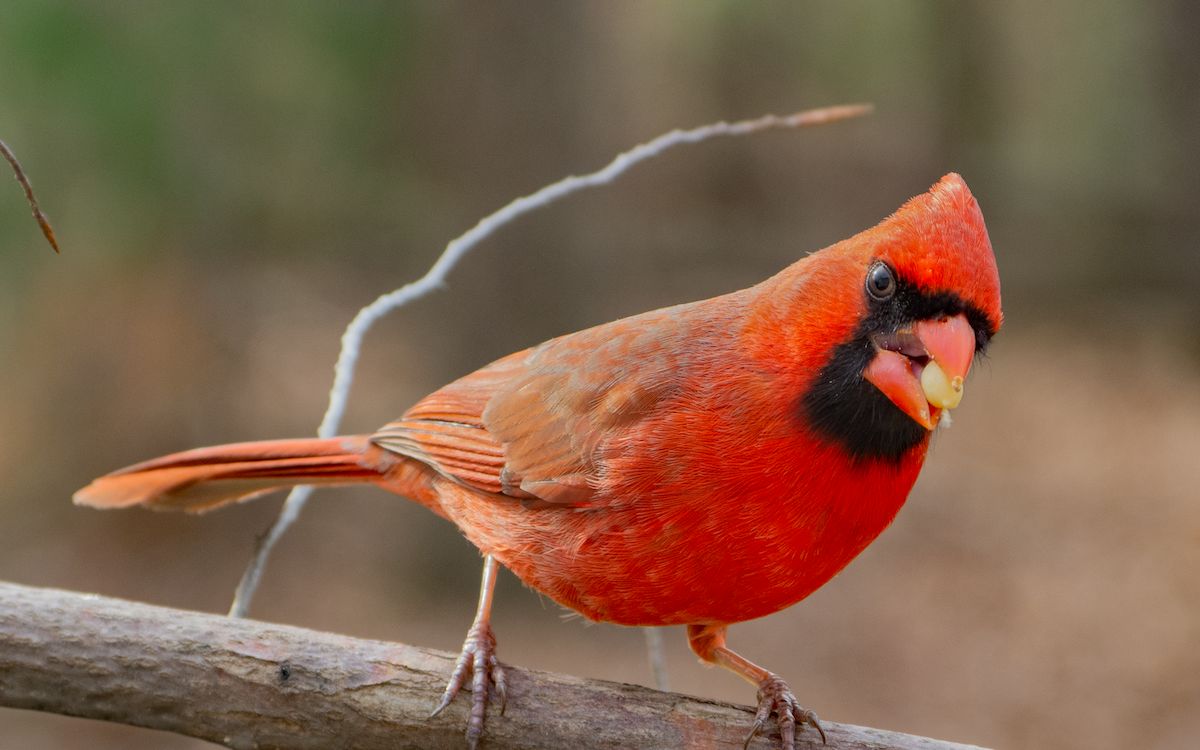Question: Something has been eating my tomatoes, and over the weekend I saw the culprit. A woodchuck waddled over, reached up, bent a branch down and grabbed a tomato! How can I keep woodchucks out of my vegetable garden?
Answer: Woodchucks (also known as groundhogs and whistle pigs) and rabbits are the top raiders of vegetable gardens, well ahead of raccoons, opossums and skunks. (Skunks actually aid the gardener by eating grubs, Japanese beetles and other nuisance bugs.)
You may think first of trapping and moving the woodchuck, but this is not advised. Many states have laws against relocating animals, because it can lead to the spread of diseases like rabies, and often the animal doesn't survive in its new location. There may not be enough food for it there, or the right type of food, or it may face competition with or predation from the animals already in residence. Even if you did trap and move the woodchuck, another would take its place in your garden anyway. Instead, try a combination of repellents and fencing.
For repellents, try lining the edges of the garden with blood-meal fertilizer or with a rodent-specific repellent. (Follow the label directions of any product carefully, especially when using near your edible plants.) Many gardeners swear by used kitty litter; they pour it down woodchucks' holes or scatter it around the edge of the garden.
Physical barriers are most effective, but they need to be properly designed. An easy-to-make L-shaped fence blocks both woodchucks and rabbits. Use chicken wire. You can keep woodchucks from burrowing under the fence by "planting" the chicken wire at least 4 inches deep. Bend the bottom edge 90 degrees (into an L shape) and point the bottom of the L away from the garden when you bury it. When the woodchuck starts digging, he'll hit the mesh. Above ground, make the fence about 3 feet tall. You can drive posts into the ground to nail it to, but keep these only about 2 feet tall, so that the top of the chicken wire stays loose and wobbly. This discourages woodchucks from climbing over it.
Related: "Using Milk as Deer Repellent"







